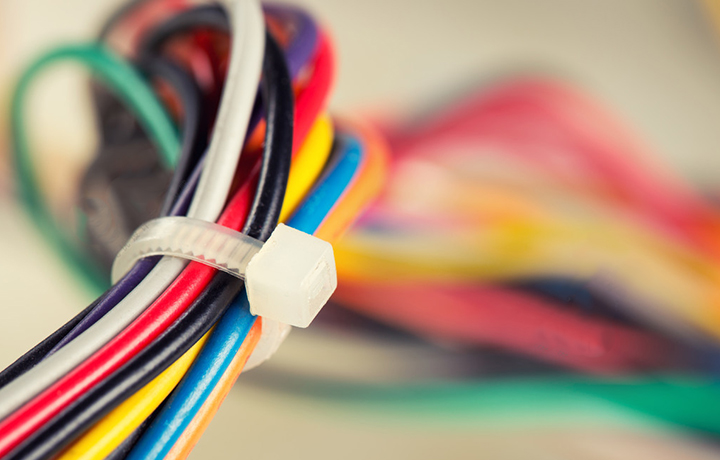Exploring Wiring Systems: An Foundation of Interconnectivity
Within our increasingly interconnected environment, its significance of consistent communication should not be underestimated. At this core of such connectivity lies a frequently neglected but vital factor: cable assemblies. Such intricate assemblies serve as the foundation of many electronic systems, enabling everything from routine household devices to sophisticated industrial machinery to interact seamlessly and reliably.
Cable assemblies comprise multiple cables or wires grouped, often provided with connectors and housings that allow for a secure and optimized connection. They play a critical role in a vast range of fields, including telecommunications, medical equipment, automotive technology, and consumer electronics. Grasping what cable assemblies is and the way they function is key to recognizing their importance in our lives and the technological advancements that define the future.
Types of Wiring Configurations
Cable configurations come in multiple types, all tailored to satisfy particular connectivity requirements in various applications. One typical form is the power wiring assembly, which is necessary for delivering electrical power to equipment and systems. These configurations consist of wires, protective layers, and couplers, providing safe and efficient power delivery in both commercial and consumer electronics settings.
Another widely used type is the data cable assembly. These configurations are essential for data transfer and connectivity between machines, such as computers, communication devices, and telecom systems. Data wiring configurations often feature twisted pair cables, coaxial wires, or fiber optics, designed to handle high-speed data transfer while minimizing interference and signal loss.
Finally, specialized cable assemblies cater to specific industry requirements, such as automotive or medical applications. These configurations are designed to withstand specific environmental factors, such as extreme temperatures or shocks, while ensuring consistent performance. Custom cable assemblies can be customized to fit exact specifications, making them vital elements in sectors where off-the-shelf solutions may not be adequate.
Main Elements and Materials
Wire harnesses consist of various critical components that work together to ensure reliable connectivity. The primary elements include wires, which are usually made from copper due to its high conductivity. These conductors are often insulated with substances such as polyvinyl chloride or PE, providing protection against external elements and preventing short circuits. Connectors are another vital component, allowing cable assemblies to interface with other devices. Connectors come in different forms, such as coax cables, USB, and multi-pin connectors, each designed for particular applications and performance requirements.
In addition to the conductors and connectors, the configuration of a cable assembly plays a significant role in its functionality and durability. Protective covers, made from materials like rubber or thermoplastic elastomers, protect the internal wiring from deterioration and degradation. The selection of jacket material can affect bendability, resistance to chemicals, and the ability to withstand external pressures. Furthermore, stress mitigators, such as boots and support brackets, are used to minimize stress at junctions, enhancing the durability of the assembly.
The assembly process itself often incorporates additional materials and techniques to improve capabilities. Shielding materials, such as metalized film or woven copper, are employed to reduce electromagnetic interference, ensuring that data remain clear and intact. Moreover, the use of shrink wrap and adhesive liners can enhance the integrity of connections. These materials and techniques contribute significantly to the overall performance and reliability of wire harnesses, making them an essential aspect of modern communication systems.
Uses and Sectors
Cable assemblies play a key role in various sectors, ensuring dependable and effective connections. In the telecom sector, they are essential for linking communication devices and infrastructure, facilitating information transfer across large networks. From fiber optic cables to copper wires, these assemblies are designed to satisfy the rigorous demands of fast communication and maintain signal integrity over extended ranges.
In the auto industry, cable assemblies are important for linking multiple electronic components within vehicles. As modern cars become increasingly sophisticated, incorporating state-of-the-art features such as infotainment systems and driver-assistance features, the demand for dependable wiring assemblies grows. They ensure seamless communication between sensors, control units, and other electronic systems, enhancing security and efficiency.

The medical field also extensively utilizes cable assemblies, where precision and reliability are paramount. Medical devices such as scanners, patient monitoring systems, and surgical tools rely on robust cable assemblies to ensure accurate data transfer and functionality. These assemblies must adhere to strict regulatory standards, making them vital for ensuring the safety and effectiveness of healthcare solutions.